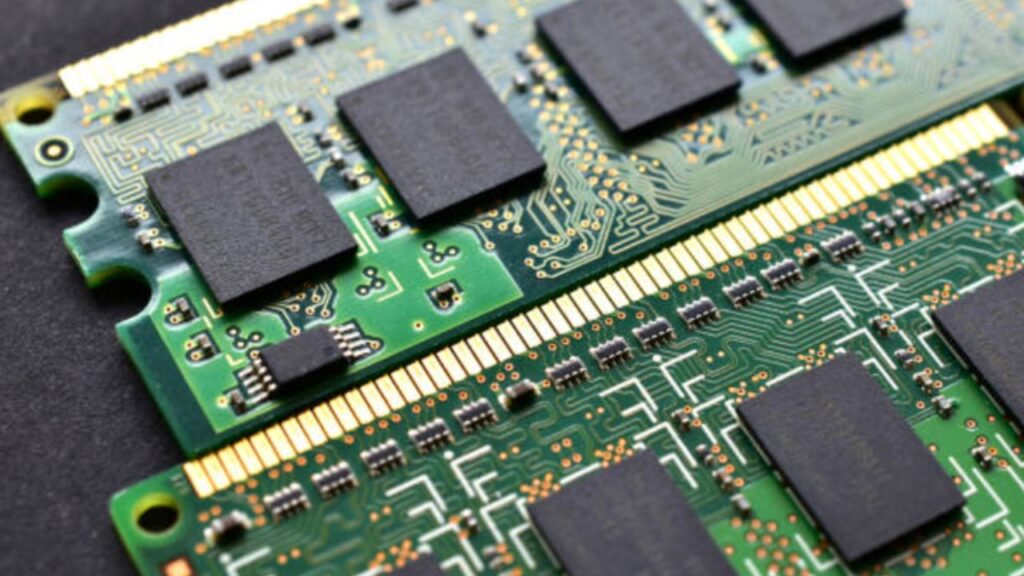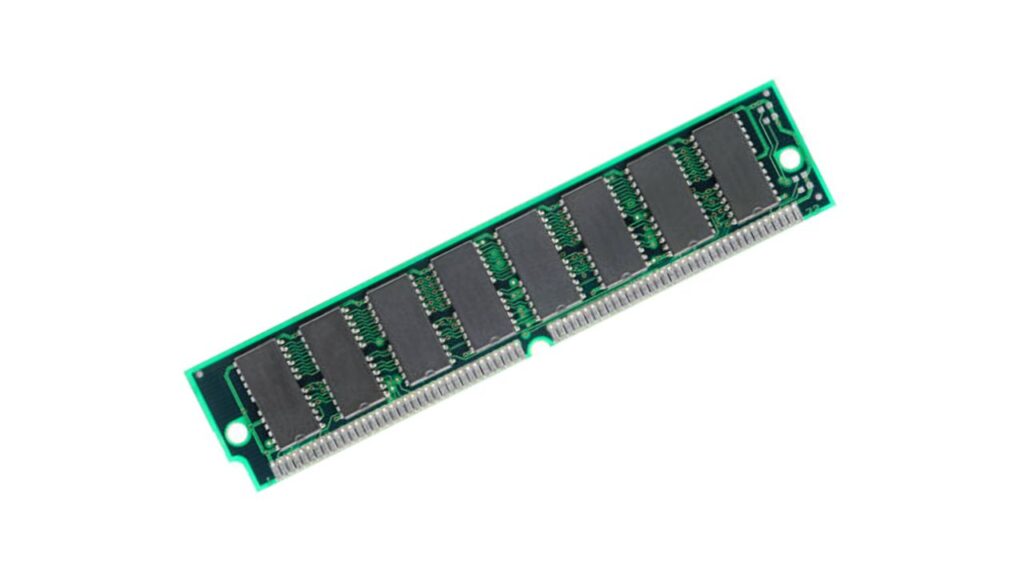Imagine your laptop without the ability to swiftly store and access data. None of your applications or processes would function smoothly. This is where RAM steps in. But what exactly is RAM, and how does it work? Please continue reading to discover the significance of RAM, its role in ensuring smooth and first processing, and ways to enhance your laptop’s RAM performance through specialized software.
What is RAM on a computer?
RAM, short for random access memory, serves as a computer’s short-term memory, storing the data that the processor is presently utilizing. Compared to data stored on a hard drive, SSD, or any other long-term storage device, RAM is accessed much faster, hence highlighting the critical role of RAM capacity in system performance.
What does RAM stand for?
RAM, which stands for random access memory, constitutes one of the fundamental components of computing. It serves as a temporary memory repository where your computer swiftly stores data it requires immediate access to. By keeping data readily available, RAM enables your processor to locate it promptly, eliminating the need to delve into long-term storage for immediate processing tasks.
Every computing device, whether it’s a desktop computer running MacOS, Windows, or Linux, a tablet or smartphone operating on iOS or Android, or even an IoT computing device like a smart TV, incorporates RAM. While nearly all computers possess a means of storing information for prolonged access, the memory essential for executing the ongoing process is housed and retrieved within the computer’s RAM.
What does computer memory (RAM) do?
RAM serves as a form of temporary storage that undergoes wiping once your computer shuts down. Offering lightning-fast data access, RAM proves ideal for processes, apps, and programs your computer actively engages with, such as the data required for web browsing through your browser.

To grasp the concept of RAM, consider the analogy of a physical desk. The top surface of the desk represents your working space, where you keep frequently used items within arm’s reach to avoid wasting time rummaging through drawers. Conversely, items you use infrequently or wish to save for later are stored in desk drawers.
Similarly, on your laptop or computer, RAM functions akin to the top of your desk, housing everything you require quick access to. Meanwhile, data that sees less use or is earmarked for future use is stored on a hard disk, whether locally on your device or in the cloud.
What is RAM used for?
RAM serves as immediate storage and retrieval for data. Its processing speed significantly outpaces that of data stored on a hard disk, ranging from twenty to a hundred times faster, depending on the specific hardware and task.
In order to execute a particular task, computer operating systems transfer data from the hard disk into RAM for processing. Once the system finishes actively working with the data, it converts it back into long-term storage.
For instance, when launching a program like Microsoft Word, your computer loads the application into its RAM. Opening a document stored on your computer prompts the operating system to locate the file in long-term storage and copy the information into RAM. The result is near-instantaneous performance, courtesy of RAM’s lightning-fast nature.
Upon saving a document or any other file type, the data is copied to the hard disk or other long-term storage. Closing an application removes it from RAM, freeing up space in your computer’s short-term memory for subsequent projects. It’s crucial to remember that RAM’s purpose is temporary storage; hence, you must save a document to your hard drive and experience a power failure to ensure all unsaved work is recovered.
CPU vs RAM: Which is more important?
The central processing unit (CPU) serves as the nerve center of your computer, where all calculations necessary to operate software applications are executed. However, for efficient and rapid functionality, CPUs rely on RAM to furnish high-speed access to the required data — it’s a collaborative effort.
While both are essential components, when it comes to optimizing PC performance, if your processor is operating at maximum capacity, upgrading or overclocking your CPU will provide additional raw processing power. This enhancement allows you to execute more resource-intensive programs and handle larger multitasking loads. Conversely, increasing RAM capacity primarily facilitates faster and more intricate processes.
How much memory do I need?
The speed of your computer is directly influenced by the amount of RAM it possesses. If your device is aging, you may find it necessary to upgrade its RAM or other hardware components. Every active application, including browser tabs, consumes RAM. When RAM runs out, your computer reallocates resources, which can slow down its performance.
It’s important to note that RAM differs from storage: data stored in RAM is lost when the computer is turned off, whereas information saved in long-term storage devices like SSDs or HDDs remains intact.
The quantity of RAM you require depends on the applications and programs you use, the number of them you have open simultaneously, and your tolerance for delays. We all desire instantaneous responses from our devices, so if you notice sluggish performance, it’s advisable to check your RAM and other PC specifications to ensure you’re not overloading your computer.

